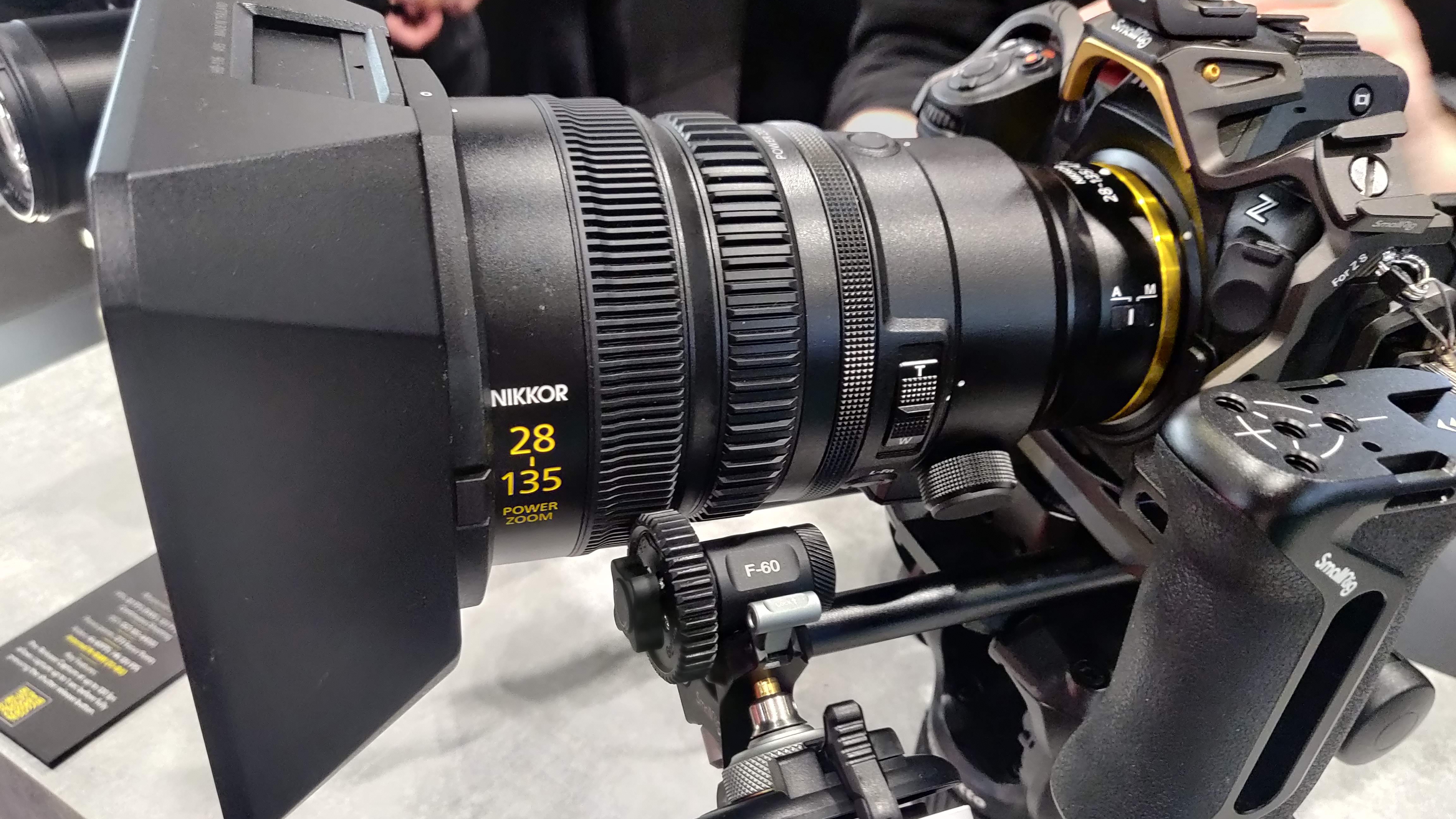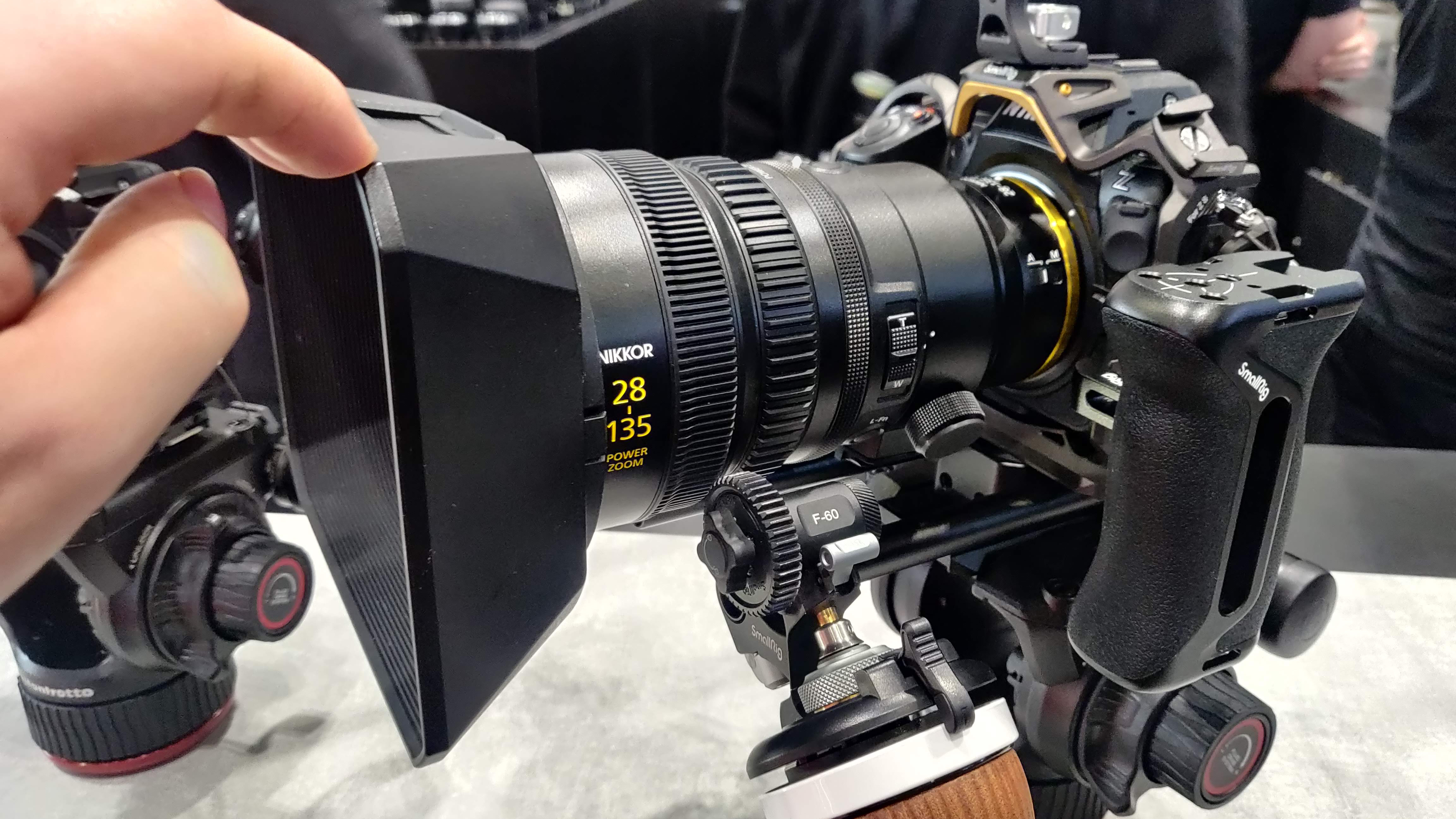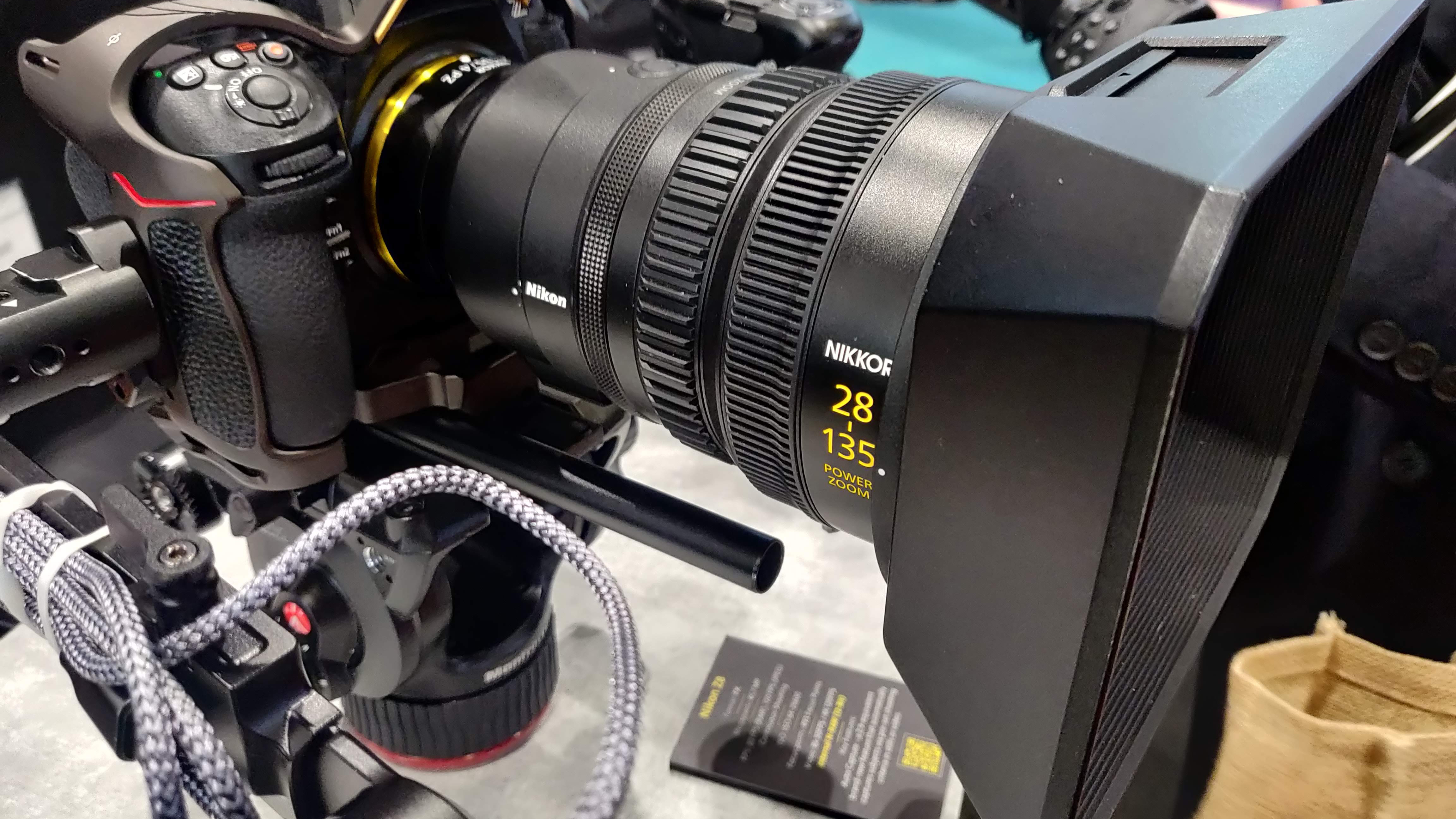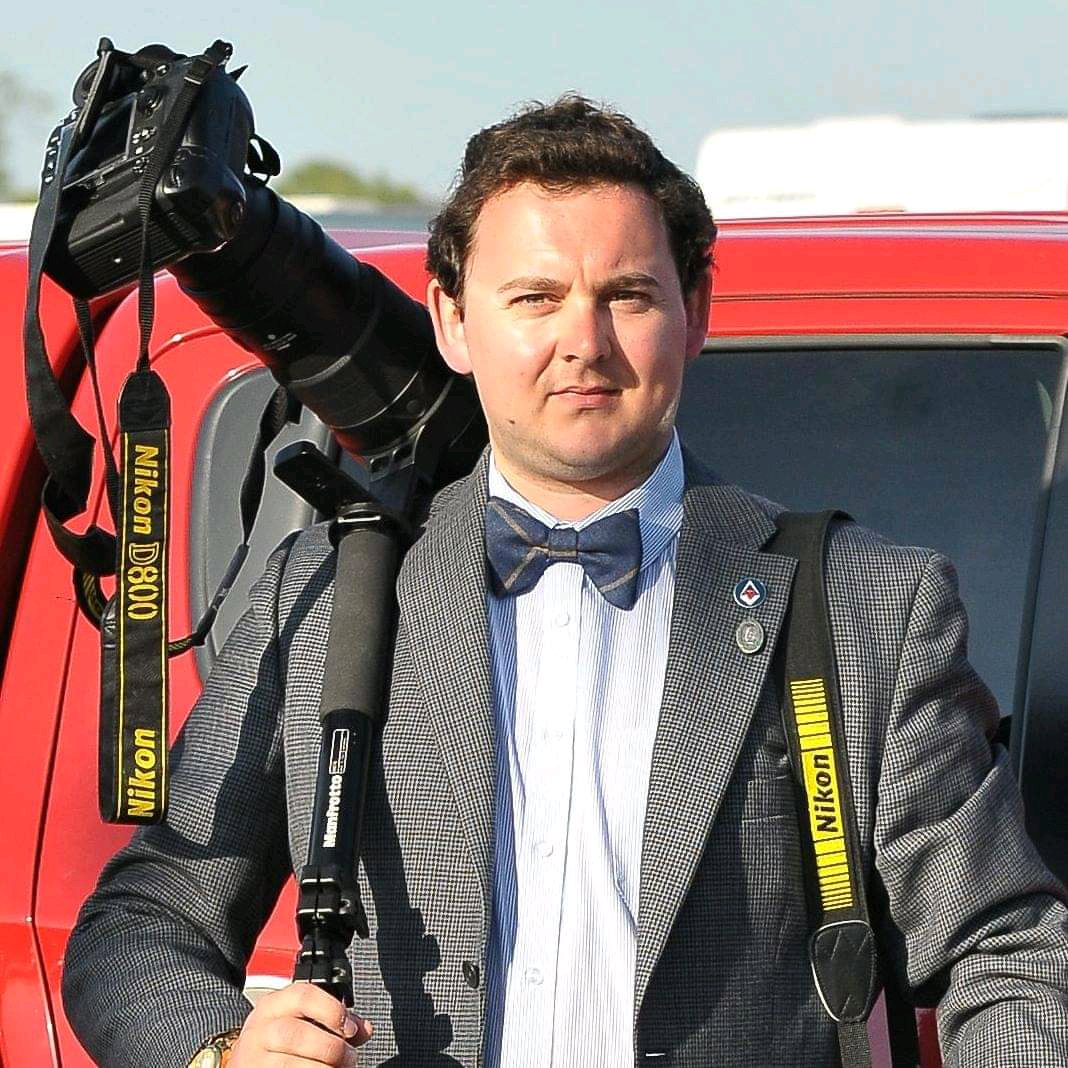The Nikon 28-135mm power zoom is so compact it shocked me
The compact Nikkor Z 28-135mm f/4 PZ has really impressed me and its tiny in comparison

When Nikon first announced the Nikkor Z 28-135mm f/4 power zoom, it sounded like an interesting addition to their cine lens lineup. On paper, it promised versatility, smooth power zoom functionality, and optical quality that would appeal to both cinematographers and hybrid shooters.
But what truly struck me was seeing it in person at The Photography & Video Show today. The moment I picked it up, I was genuinely shocked at how compact it was compared to other cine lenses in the same class.

The best cine lenses are often large, heavy, and cumbersome. They need to be built with precision, offering consistent focus, minimal breathing, and robust manual control. Traditionally, that has meant lenses that dwarf even the best full-frame mirrorless cameras. Nikon, however, has managed to create a lens that defies my expectations.
The new 28-135mm power zoom is not only manageable in size but also feels incredibly well-balanced on a Z-series body. It doesn’t feel front-heavy, nor does it demand the kind of rigging that many competing cine lenses do.
This level of portability is a game changer, especially for documentary filmmakers, run-and-gun shooters, and solo creators who need high-end image quality without the burden of carrying a bulky setup. The power zoom mechanism is smooth and precise, offering the kind of gradual focal shifts that are essential for professional video work. Yet despite this advanced technology, it remains small enough to be practical for handheld work, gimbal setups, and even drone applications where weight is always a concern.
Size and weight aside, what’s equally impressive is that Nikon didn’t compromise on image quality. The optics are sharp across the zoom range, and it delivers beautiful color rendition with minimal distortion. Some cine zooms with similar focal lengths are twice the size and weight, making the 28-135mm feel like a revelation. The fact that it maintains a f/4 aperture at the wide end is remarkable.

Ultimately, seeing this lens in person has convinced me that Nikon is taking cinema seriously. The 28-135mm offers an incredible balance of portability, performance, and flexibility—qualities that are often difficult to find in cine lenses. If this is the direction Nikon is heading with its cinema lineup, then the competition has a lot to think about.
The days of cine lenses being massive, unwieldy beasts may finally be coming to an end, and that’s an exciting prospect for filmmakers everywhere.
Get the Digital Camera World Newsletter
The best camera deals, reviews, product advice, and unmissable photography news, direct to your inbox!

For nearly two decades Sebastian's work has been published internationally. Originally specializing in Equestrianism, his visuals have been used by the leading names in the equestrian industry such as The Fédération Equestre Internationale (FEI), The Jockey Club, Horse & Hound, and many more for various advertising campaigns, books, and pre/post-event highlights.
He is a Fellow of the Royal Society of Arts, holds a Foundation Degree in Equitation Science, and holds a Master of Arts in Publishing. He is a member of Nikon NPS and has been a Nikon user since his film days using a Nikon F5. He saw the digital transition with Nikon's D series cameras and is still, to this day, the youngest member to be elected into BEWA, the British Equestrian Writers' Association.
He is familiar with and shows great interest in 35mm, medium, and large-format photography, using products by Leica, Phase One, Hasselblad, Alpa, and Sinar. Sebastian has also used many cinema cameras from Sony, RED, ARRI, and everything in between. He now spends his spare time using his trusted Leica M-E or Leica M2, shooting Street/Documentary photography as he sees it, usually in Black and White.
You must confirm your public display name before commenting
Please logout and then login again, you will then be prompted to enter your display name.
